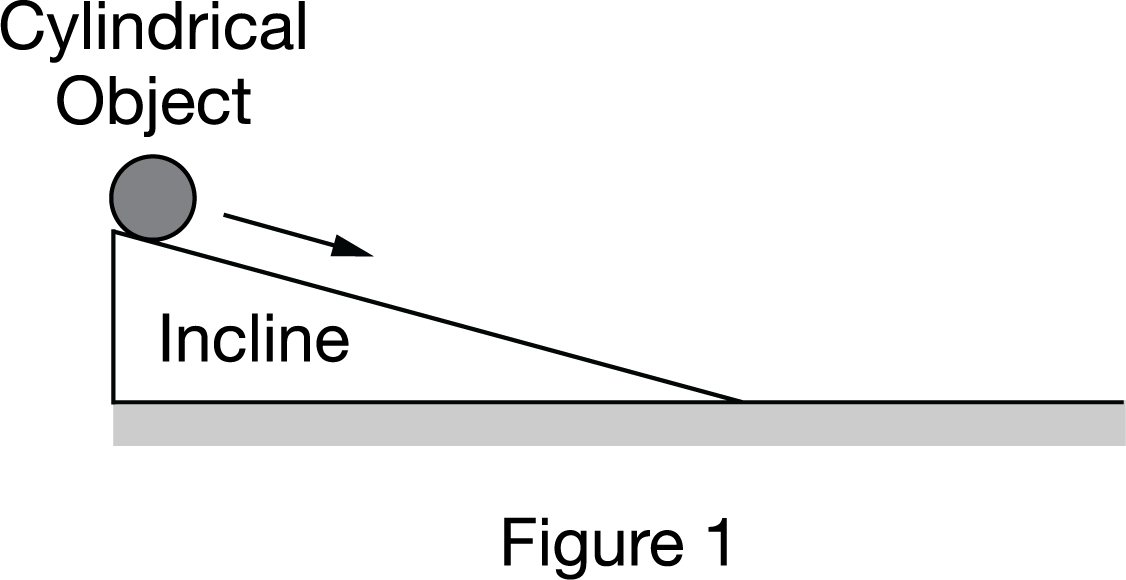Item 2Question 1 This question is a short free-response question. Show your work for each part of the question. ? An astronaut holds a rock


![]()
This question is a short free-response question. Show your work for each part of the question.
?

An astronaut holds a rock 100m above the surface of Planet X . The rock is then thrown upward with a speed of 15m/s , as shown in the figure. The rock reaches the ground 10s after it is thrown. The atmosphere of Planet X has a negligible effect on the rock when it is in free fall.
(a)
(i) Determine the acceleration due to gravity of the rock when it is on Planet X .
Question 2ii. How does the speed of the rock when it reaches the ground vd compare to the speed of the rock when it is thrown upward vu ?
_____ vd>vu _____ vd=vu _____ vd
State your reasoning.
Question 4(b) A student wants to know how the motion of the rock would be different if it was thrown upward at 15m/s from a height of 100m above Earth?s surface. In a clear, coherent, paragraph-length response that may also contain figures and/or equations, explain how the motion of the rock on Earth will be different from its motion on Planet X in terms of its maximum height above the ground, the speed at which it reaches the ground, the time in which it is in free fall, and its acceleration due to gravity.
Cylindrical Object Incline Figure 1 Figure 2a Figure 2b Figure 2c Wall 15 m/s T 100 m
Step by Step Solution
3.49 Rating (149 Votes )
There are 3 Steps involved in it
Step: 1

See step-by-step solutions with expert insights and AI powered tools for academic success
Step: 2

Step: 3

Ace Your Homework with AI
Get the answers you need in no time with our AI-driven, step-by-step assistance
Get Started


